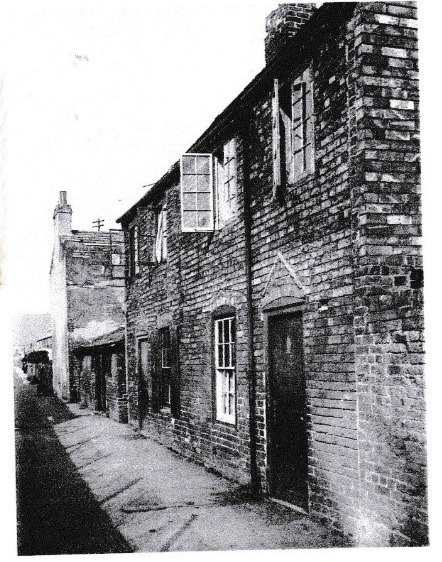| CC4HH
Slum Clearances in the 1930s
Project group: Christian Colson, Aashika Gurung, Brittany Moore, Ffion Page, Ben Sheldon, Riley Woodman
Our group aims to investigate and develop a better understanding of what happened to Cheltenham’s Lower High Street during the period of slum clearance in the 1930s. Cheltenham Town Council proposed two Slum Clearance Programmes, one in 1934 and the other in 1935, which affected areas dotted across Cheltenham, with the streets coming off the Lower High Street receiving the majority of the attention.[1] It is worth noting that this was not the first time that there had been attempts at improving the housing situation in this area.
We plan to investigate why these houses needed to be removed, how the council planned to remove and replace the houses, and how people felt about being moved to another area and their homes being destroyed. We plan to find particular houses to focus on and track the changes that were made to them, in order to show the specific impacts that these changes had on the area.

We have also discovered that the houses that were deemed unsatisfactory were not all demolished and rebuilt all at once. The council gradually bought property from landlords or, where possible, pressurised them to make changes to their property to make it more habitable. We also came across various plans for housing for those affected by the Slum Clearance Programmes. It is interesting to note that these new houses were to be rented at a particular price, to ensure that they were not inaccessible to the intended tenants.
There are also some accounts of how some people who rented out property in that area were concerned that they were losing their livelihood. There were also concerns from some people about being moved away from the businesses they owned on the High Street. This resentment towards being pushed out of their homes meant that there was some resistance to the process. Most residents raised formal objections through the Town Council. Other residents refused entry to inspectors who came to investigate their property. However, there were some landlords who were willing to make changes to fit the guidelines, if they were able to, and others were willing to sell their property to the council, so there was not universal resistance to the idea of housing improvement.
References
[1] Jill Waller, Heather Atkinson, Sue Rowbotham (Cheltenham Local History Society), A Chronology of Housing for the Poor in Cheltenham, p. 15.
[2] Steven Blake, Cheltenham: A Pictorial History, 1996.



